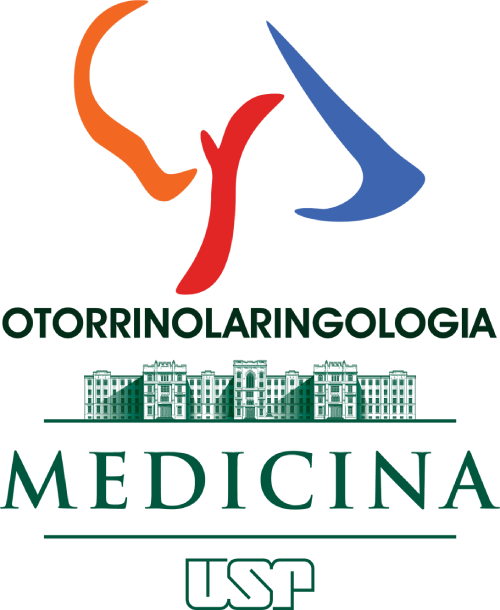Tatiana Rocha Silva, Marco Aurélio Rocha Santos, Luciana Macedo de Resende, Ludimila Labanca, Júlia Fonseca de Morais Caporali, Marjore Rhaissa de Sousa, Denise Utsch Gonçalves
Trabalho realizado na Universidade Federal de Minas Gerais – UFMG – Belo Horizonte (MG), Brasil
Audiol., Commun. Res. vol.24 São Paulo 2019 Epub May 09, 2019
Purpose: To review the scientific literature on the main techniques used to generate vestibular-evoked myogenic potential (VEMP) and its clinical applications. Research strategy: A search for articles describing VEMP recording methods and applications was conducted in the PubMed, Web of Science, MEDLINE, Scopus, LILACS and SciELO databases. The search was limited to articles published in English, Portuguese, and Spanish between January 2012 and May 2018.
Selection criteria: Articles addressing the technical aspects for performing ocular, cervical or soleus VEMP with auditory or galvanic stimulation and articles on the clinical applications of VEMP were included in this review, whereas articles repeated in the databases, literature reviews, case reports, letters, and editorials were excluded.
Results: The search strategy resulted in the selection of 28 articles. The studies evidenced three methods of VEMP recording: responses from the cervical, ocular and soleus muscle. Clinical applications of VEMP included Meniere’s disease, vestibular neuritis, superior semicircular canal dehiscence syndrome, Parkinson’s disease, central ischemic lesions, and motor myelopathies.
Conclusion: Regardless of the recording technique, VEMP has proved to be useful as a complementary tool for the diagnosis of peripheral and central vestibular diseases.
Texto completo: http://www.scielo.br/scielo.php?pid=S231764312019000100501&script=sci_arttext&tlng=en




